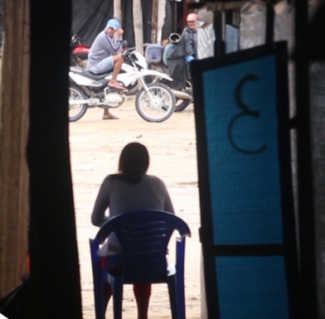Key decisions for sustainable development are supported by the use of reliable data and solid evidence. Through this activity, USAID promotes the use of evidence among development professionals in Peru for the design and implementation of effective and sustainable programs. It also seeks to strengthen monitoring, evaluation and learning capacities throughout the development community to improve programming and strengthen self-reliance.
Monitoring, Evaluation and Learning for Sustainability (MELS) designs and conducts assessments, evaluations and other studies that contribute to the use of evidence for decision making. The recommendations of these studies are discussed in collaboration and learning spaces, and are disseminated to support strategic planning and adaptive management. MELS works in Peru and supports USAID offices in Brazil and Paraguay in the design and implementation of diagnoses and evaluations with the same purpose of contributing to making better decisions.
HOW DOES MELS WORK?
Knowledge. To trigger evidence and contribute to knowledge generation, MELS uses appreciative and participatory approaches in methodology, information gathering, analysis and dissemination of studies under international quality standards.
Capacity development. To strengthen monitoring and evaluation capacities, MELS collaborates with authorities of the Government of Peru and USAID implementing partners in the identification of gaps and training, in the design and implementation of monitoring and evaluation workshops, online training and coaching, and in the construction of knowledge exchange spaces for continuous improvement.
Collaboration with local partners. To ensure that the evidence generated from monitoring and evaluation is widely accessible and used, MELS collaborates with local partners in defining learning priorities and managing knowledge, through participatory and innovative tools.
WHAT ARE THE RESULTS TO DATE?
- Stakeholder Analysis to Support Implementation of Monitoring and Evaluation Functions in the Government of Peru. The study presents an analysis of government sector actors that guide the implementation of Peru’s monitoring and evaluation functions.
- Study on compliance with Best Environmental Practices in alternative development activities in selected Peruvian amazon regions. Their results made visible the social value of the implemented monitoring and mitigation environmental practices and identified the gaps that persist in some communities.
- Performance assessment of an intervention to reduce human trafficking in the Amazon. Their conclusions and recommendations contributed to identify best practices and lessons learned to improve new interventions to further strengthen the fight against human trafficking in Peru.
- Gender gaps analysis at the national level. The results of this study guide the programming of USAID interventions.
- Monitoring and evaluation instruments for USAID activities. They offer improvements in the use of information systems with a geospatial approach, and preparation of the learning plan that accompanies USAID's five-year strategy in Peru. The dissemination and use of these instruments will contribute to a better use of cooperation resources.













